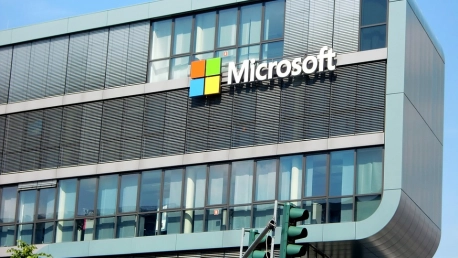Normally, updating system software as frequently as possible would be a good thing. You get new features, patch bugs, and keep your security software up to date with the latest threats. Unfortunately, in the case of Windows 10, it’s a bit more complicated. According to a recent Microsoft blog post, some optional updates contain non-security features that are still meant to be tested. Obviously, that is not good news for end users, especially since the Windows Update settings page contains no mention of this.
But how do unstable updates end up in the hands of regular users? Shouldn’t they be hosted separately, where only advanced users can download them? And why isn’t there a disclaimer that states the nature of these updates? We’ll try to explain in what follows.
It all starts with Microsoft’s update release schedule. On the second Tuesday of each month, Microsoft releases “B” updates (“B”, as in the second week of the month) that include both new security fixes and previously released security and non-security fixes. These are the patches that are pushed through automatic updates. They also release “C” and “D” updates during the third and fourth week of each month. These preview releases are meant for advanced users “seeking” updates and allow testing of non-security features. Does it make sense? Kind of, until you start wondering why there aren’t any “A” updates. But that’s beside the point. What’s truly baffling is how these “advanced” updates are accessed. By “seeking”, Microsoft means that the users simply go to Windows Update settings and click the “Check for updates” box.
If at this point you’re thinking “that doesn’t sound like advanced computing,” you’re obviously right. A regular Windows user could easily do this after learning the general rule that updating every time there’s a new release will keep their computer safe. With these “testing” updates, Microsoft is essentially turning average users into beta-testers. Of course, these patches are tested to a certain extent before they’re released, but they (and Windows updates in general) have proven to be problematic in the past.
For instance, back in October, Microsoft rolled out a big update (version 1809). Following the release, some users reported that the files in their user account folder had disappeared. Others even stated that their hard drives had been corrupted. Microsoft pulled the update, citing the missing file issue, to fix it at a later date. Another update, Windows 10 version 1803, released in late November, caused some Surface Book 2 devices to display blue/black screens of death. When trying to remove the update, some users reported that their devices were bricked. This bug was even more baffling because it affected Microsoft’s flagship device and users generally expect companies to test new updates on their most notable devices first.
Of course, this doesn’t mean that every C and D update will break your PC. But you’re still installing a potentially unstable build—and that’s why Microsoft needs to clearly state the purpose of its second and third-week updates. End users need to know whether something they are downloading is still in testing or not, and right now the download process doesn’t clearly state that.
Until Microsoft fixes its update system and puts the right disclaimers in place, it would be a good idea to avoid using the “Check for Updates” option—unless you enjoy living life on the edge. Also, if you’re managing an enterprise device fleet, users with administrator privileges should be made aware of this. To stay safe, make sure that they only update when Windows prompts them to do so.








